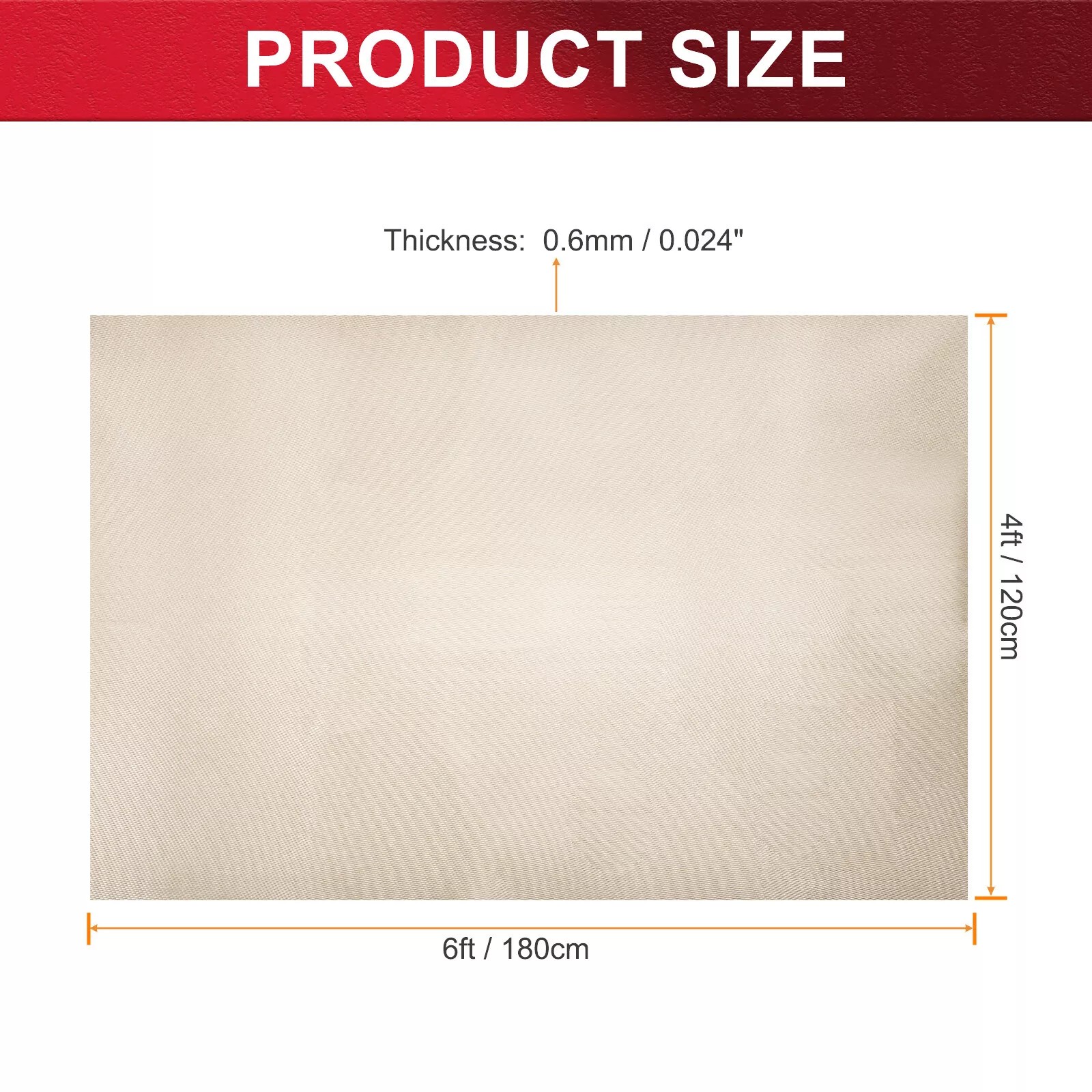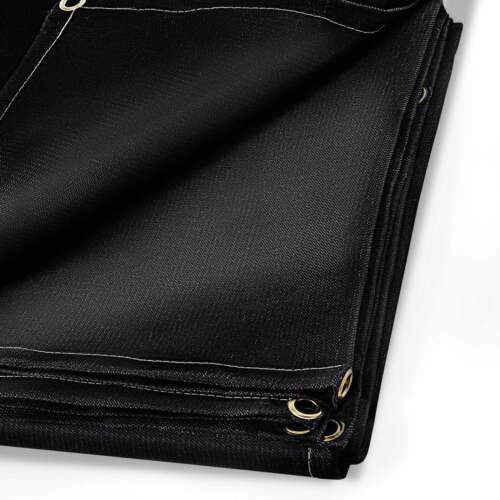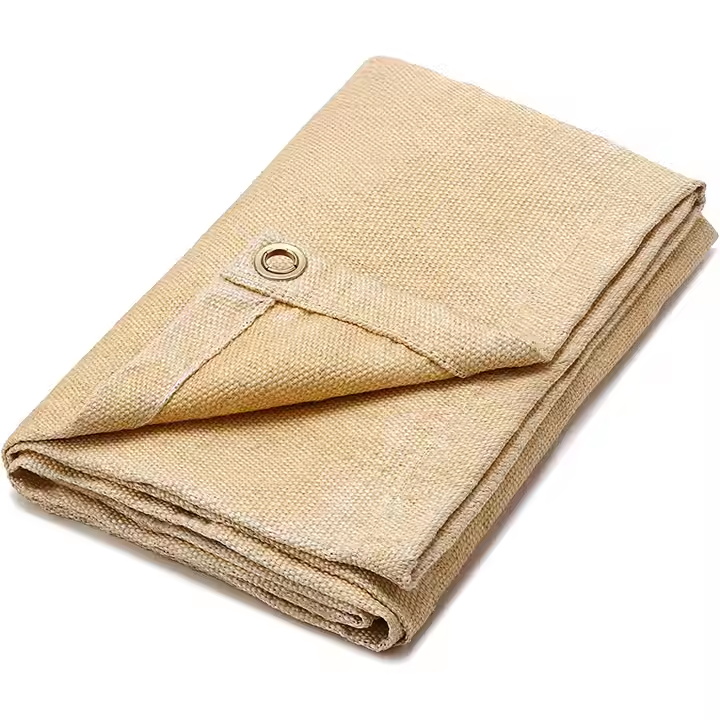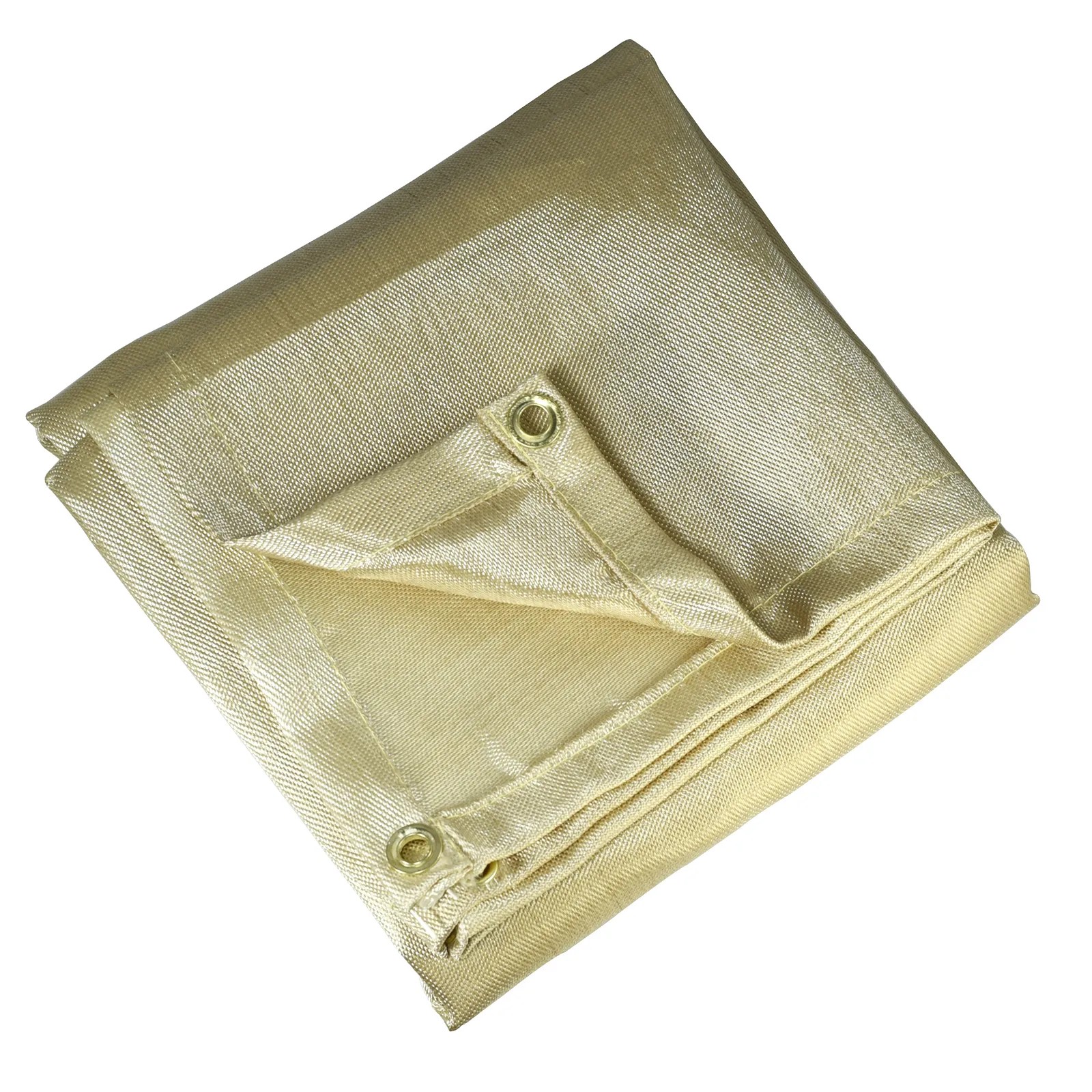Post Weld Heat Treatment Insulation Blankets: Benefits and Applications
Post weld heat treatment (PWHT) insulation blankets help control cooling rates in welded components. They prevent cracking, reduce residual stresses, and ensure proper microstructure development. This article explains how these specialized blankets work and why they're essential for quality welding.
What Are Post Weld Heat Treatment Insulation Blankets?
PWHT insulation blankets are high-temperature resistant covers that wrap around welded joints during heat treatment. They maintain uniform temperature distribution and slow cooling to prevent thermal shock. Unlike regular insulation, these blankets withstand extreme temperatures (up to 2000°F/1093°C) while providing precise heat control.
Key Benefits of Using Insulation Blankets for PWHT
When you use post weld heat treatment insulation blankets, you get several advantages:
- Stress reduction:Slow cooling minimizes residual stresses that cause distortion
- Crack prevention:Controlled cooling rates avoid hydrogen-induced cracking
- Energy efficiency:Better heat retention reduces furnace time and energy costs
- Portability:Treat welds onsite without moving large components
- Safety:Protect workers from burns and reduce fire risks
How PWHT Insulation Blankets Work
The blankets create a microclimate around the weld zone. High-quality ceramic fibers reflect heat inward while insulating layers prevent rapid heat loss. You simply wrap the blanket around the welded area, secure it with straps, and begin the heating cycle. Temperature indicators help monitor the process.
Choosing the Right Blanket for Your Application
Consider these factors when selecting post weld heat treatment insulation blankets:
- Temperature range:Match the blanket's rating to your PWHT requirements
- Material compatibility:Ensure the blanket won't contaminate your base metal
- Thickness:Thicker blankets provide slower cooling rates
- Size and shape:Custom blankets fit complex geometries better
- Reusability:Some blankets withstand multiple heat cycles
Common Applications in Industry
Post weld heat treatment insulation blankets serve critical roles in:
- Pressure vessel fabrication
- Pipeline construction and repair
- Power plant maintenance
- Shipbuilding and offshore structures
- Aerospace component manufacturing
In these applications, the blankets help meet ASME, API, and other welding codes that require controlled cooling after welding.
Installation Best Practices
To get optimal results from your PWHT insulation blankets:
- Clean the weld area thoroughly before application
- Ensure complete coverage of the heat affected zone (HAZ)
- Use sufficient overlap (minimum 2 inches) at seams
- Secure blankets tightly to prevent heat leaks
- Monitor temperatures at multiple points
- Follow the specified cooling rate for your material
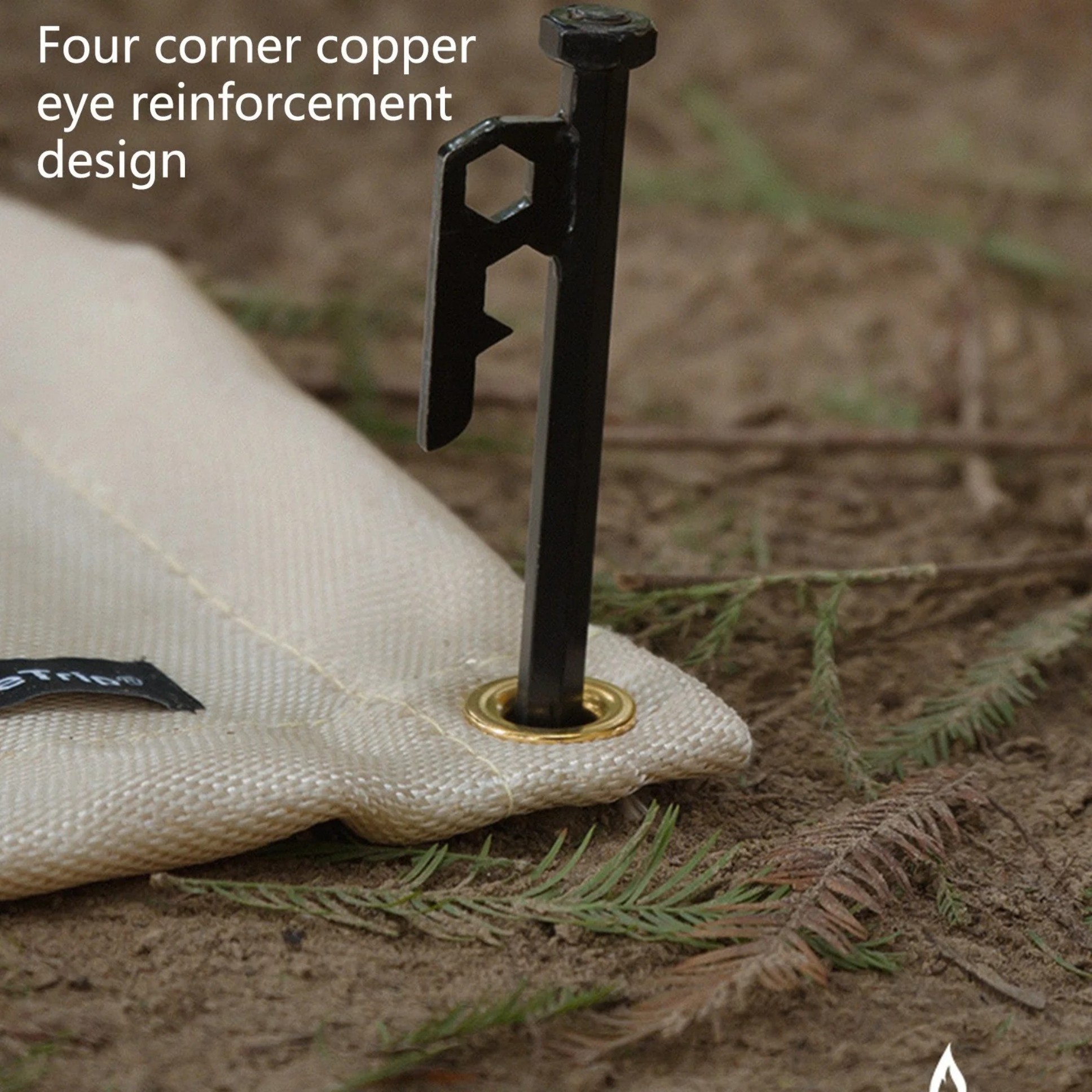
Maintenance and Safety Considerations
Inspect post weld heat treatment insulation blankets before each use. Look for tears, compressed areas, or contamination. Store them flat in dry conditions to prevent damage. Always wear protective gloves when handling used blankets, as they may contain sharp ceramic fibers.
Cost vs. Value Analysis
While quality PWHT insulation blankets require investment, they save money by:
- Reducing post-weld repairs and rework
- Extending equipment service life
- Minimizing downtime during heat treatment
- Lowering energy consumption compared to furnace treatments
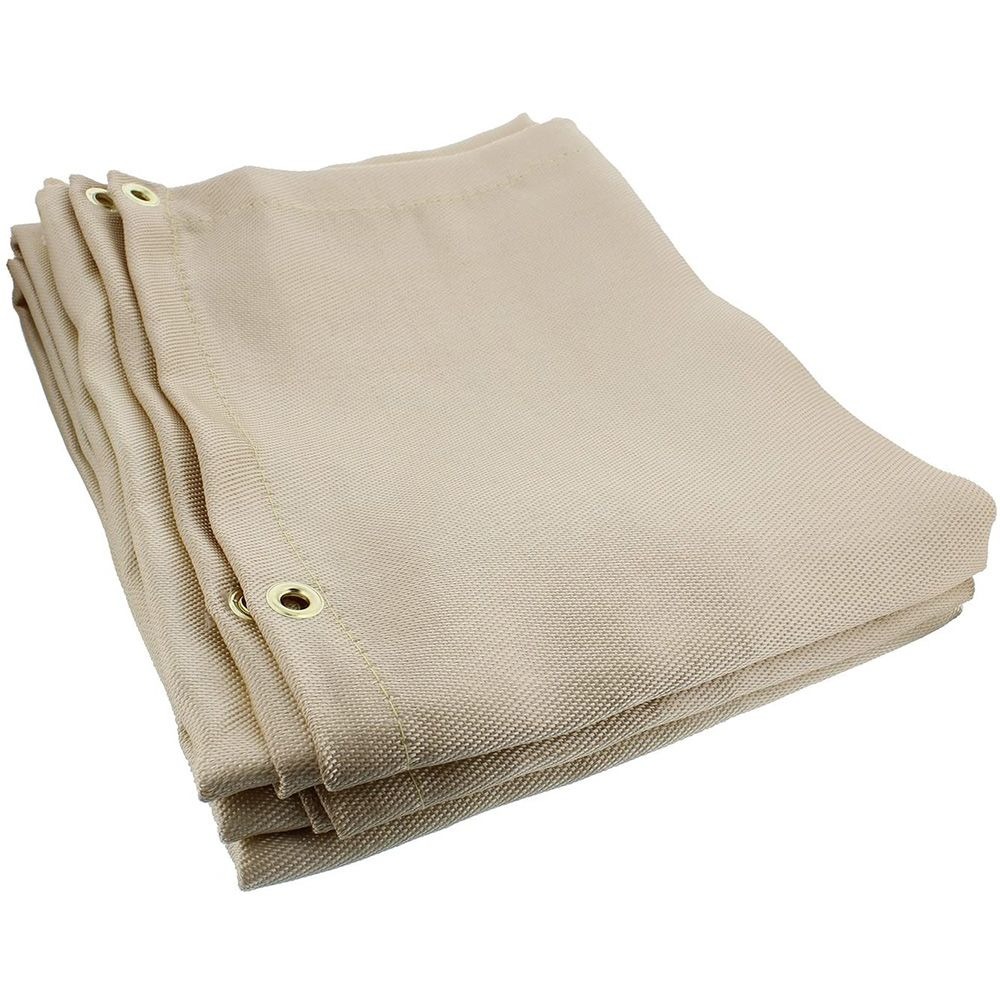
For critical welds, the improved metallurgical properties justify the cost.
Emerging Technologies in PWHT Blankets
Recent advancements include:
- Smart blankets with embedded temperature sensors
- Hybrid materials offering better insulation with less thickness
- Eco-friendly formulations without hazardous materials
- Modular designs for easier installation on complex shapes
Post weld heat treatment insulation blankets remain essential tools for achieving reliable, code-compliant welds. By understanding their proper selection and use, you can significantly improve your welding outcomes while saving time and resources.


